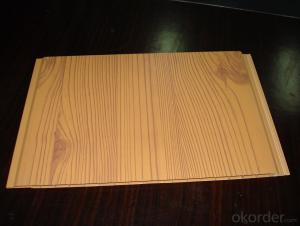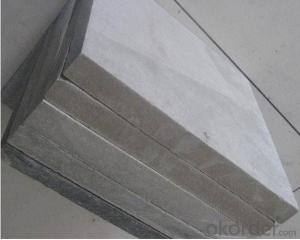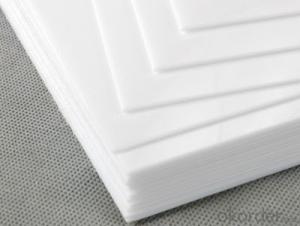Solar Panel Off Grid Inverter
Solar Panel Off Grid Inverter Related Searches
Paint For Galvanized Steel Steel Frames For Furniture Self Tapping Screws For Steel Surface Grinding Wheels For Hardened Steel Hole Saw For Stainless Steel Step Bit For Stainless Steel Transformers For Lights In Ceiling Micro Inverter For Solar Panel Solar Panel Inverter For Rv Ceiling Plate For Hanging LightHot Searches
Aluminium Wire Mesh Manufacturers India Ceiling Fan Lowest Price Aluminium Scaffold Planks Sale Aluminium Walkway Mesh Prices Steel Mesh Panels For Sale Type Of Inverter For Solar Price Of Shipping Containers For Sale Aluminum Bar Stock For Sale Bags Of Cement For Sale Tilt Panel Props For Sale Types Of Temporary Side Panels For Cement Deck Cost Of Awnings For Decks Type Of Scaffolding With Pdf Solar Inverter With 2 Battery Pedestal Fan With Water Spray Price Price Of Scrap Stainless Steel Price Of Stainless Steel Scrap Price Of Stainless Steel Mini Inverter With Battery Online Shopping Galvanized Steel Scrap PriceSolar Panel Off Grid Inverter Supplier & Manufacturer from China
Okorder.com is a professional Solar Panel Off Grid Inverter supplier & manufacturer, offers integrated one-stop services including real-time quoting and online cargo tracking. We are funded by CNBM Group, a Fortune 500 enterprise and the largest Solar Panel Off Grid Inverter firm in China.Hot Products
FAQ
- A solar inverter handles variations in AC load demand by continuously monitoring the load demand and adjusting the amount of power it delivers from the solar panels accordingly. This is achieved through advanced control algorithms that optimize the conversion of DC power generated from the solar panels into AC power that matches the load demand. The inverter maintains a stable voltage and frequency output, ensuring that the electrical devices connected to it receive a consistent and reliable power supply, even when there are fluctuations in the AC load demand.
- Indeed, a wind turbine can be utilized alongside a solar inverter. Both solar panels and wind turbines yield direct current (DC) electricity, necessitating conversion to alternating current (AC) for household and commercial usage. While solar inverters are specifically devised to convert DC power from solar panels to AC power, they can also accommodate DC power produced by wind turbines. By linking a wind turbine to a solar inverter, the DC power generated by the wind turbine can be transformed into AC power, enabling it to energize electrical appliances or be channeled into the power grid. This amalgamation of renewable energy sources, such as solar and wind, within a single system enhances the dependability and efficiency of energy generation.
- Yes, a solar inverter can be used with different types of backup power sources such as batteries, generators, or the utility grid. The inverter's role is to convert the DC power generated by solar panels into AC power that can be used by household appliances or fed back into the grid. It can seamlessly switch between different power sources, ensuring uninterrupted power supply and maximizing the utilization of renewable energy.
- A solar inverter affects the overall system cost by adding to the initial investment required for installing a solar power system. Inverters are an essential component in converting the DC electricity produced by solar panels into usable AC electricity for our homes or businesses. The cost of a solar inverter depends on its capacity, brand, and features. While inverters do add to the overall system cost, they are crucial for efficient energy production and can enhance the system's performance and longevity.
- A single-phase solar inverter is designed to convert the direct current (DC) produced by a solar panel into alternating current (AC) for use in single-phase electrical systems. It is typically used in residential or small-scale solar installations. On the other hand, a three-phase solar inverter is capable of converting DC power into AC power for use in three-phase electrical systems, which are commonly found in commercial or industrial settings. The main difference lies in the number of phases supported and the scale of the electrical system they are designed for.
- A solar inverter handles ground fault protection by continuously monitoring the flow of current between the solar panel array and the ground. If it detects any abnormal current leakage or ground faults, it quickly shuts down the system to prevent any potential electrical hazards or damage.
- To choose the right input voltage range for a solar inverter, you need to consider the specifications of your solar panels and the requirements of the inverter. You should check the voltage output range of your solar panels and ensure that the inverter's input voltage range is compatible with it. Additionally, consider any potential variations in solar panel output due to factors like temperature and shading. It is advisable to choose an inverter with a slightly higher input voltage range to accommodate any fluctuations and maximize the efficiency of the system.
- The role of anti-islanding protection in a solar inverter is to ensure the safety of electrical grid workers by preventing the solar inverter from energizing the grid during a power outage. It is designed to detect grid failures and immediately disconnect the solar system from the grid, avoiding a potentially dangerous situation known as islanding. This protection feature helps maintain the stability and integrity of the electrical grid and protects both the grid workers and the solar system itself.









































